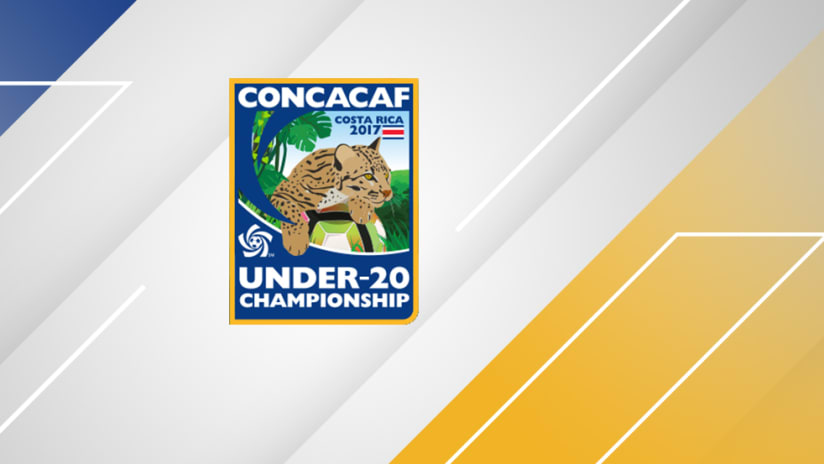The US have never had much trouble qualifying for the U-20 World Cup. Winning the CONCACAF qualifying tournament? That’s been a considerably tougher task. Meanwhile, Canada have won the qualifying tournament, but haven't reached the U-20 World Cup since hosting in 2007.
As the U-20 CONCACAF Championship cranks up in Costa Rica later this week, the US is striving for their first-ever title in the competition. The tourney went through an iteration where champions weren’t crowned, but in years with a championship game — which includes this one — the US are still seeking that elusive first U-20 CONCACAF title.
Canada are two-time winners (1986 and 1996), but for them the quest will be to make the World Cup. Accomplish that, and this qualifying tournament will certainly be successful.
They’ll get their next crack this month. The tourney, which formally begins Friday, will decide the qualifiers for the U-20 World Cup in South Korea later this year. And as a global showcase for up-and-coming young talent, it gets no better.
To qualify out of CONCACAF, teams must finish in the top two of their initial four-team group, and then finish in the top two of a final three-team group. The first-place finishers of those two final groups will then duke it out for the title, albeit a ceremonial one. They’ll have already qualified alongside two others.
Here’s what you can expect from the CONCACAF runway to the event this month:
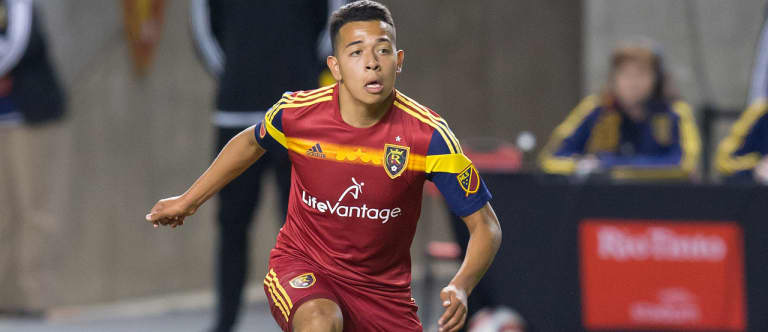
How will the US fare?
It’s always tough analyzing youth teams, which can be considerably more precocious than their senior counterparts. But at least on paper, the US shouldn’t struggle to qualify.
The Americans were blessed with an easy group and should dispatch of both St. Kitts & Nevis and Haiti without much trouble. Panama is made of sterner stuff, and that game should be a fascinating watch. Panama chalked up a deserved 1-0 win over the US in qualifying two years ago, and Ismael Diaz, arguably the breakout star of the tournament, parlayed his success into a transfer to Portuguese giant Porto. Don’t be surprised to see the Panamanians, who now rival Costa Rica as the No. 3 youth producer in CONCACAF, possess similar talent this year.
The US roster is probably a bit weaker than the 2015 team, which barely qualified and then launched a record run to the World Cup quarterfinals. The forward group is better, and the trio of Brooks Lennon (Real Salt Lake), Emmanuel Sabbi (Las Palmas) and Jeremy Ebobisse (Portland Timbers) is lithe and potent.
Everywhere else, though, questions persist. US coach Tab Ramos didn’t pack a left back into his 20-man roster (RSL’s Danny Acosta could flex out to fill that role), and he opted to leave 2017 San Jose Earthquakes No. 6 overall draft pick Jackson Yueill at home without an obvious replacement. That could put a significant amount of weight on the shoulders of RSL Homegrown midfielder Sebastian Saucedo (pictured above), who’s the only even nominal No. 10 on the roster. Don’t be surprised to see a 4-4-2 with a scooped-out central midfield. Whatever the formation, expect Ramos to go direct with his preferred counter-press system.
It might not quite have the star power of 2015, but this team easily has the talent to qualify and make some noise in South Korea. Anything else would be a failure.
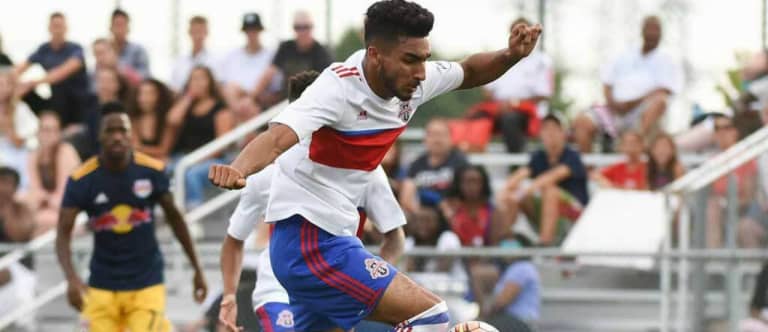
How about Canada?
The Canadians have never had much success at this tournament, which in a way heralded their ensuing struggles on the senior level. Since a peak period of four consecutive U-20 World Cup qualifications from 2001 to 2007, Canada have missed the boat now in four straight U-20 CONCACAF qualification cycles. And 2015 marked Canada’s worst-ever CONCACAF Championship showing, as they lost four games and finished ninth out of 12 teams.
Canada wasn’t handed any favors with their group, either. The Canadians were lumped in with Mexico, which isn’t just the top dog in CONCACAF but is invariably one of the best U-20 teams in the world. Antigua and Barbuda shouldn’t provide much resistance, but Honduras is sneaky good these days and is experiencing something of a renaissance in quality young talent.
At the very least, Canada should be competitive. Coach Rob Gale’s roster features eight players hooked into MLS development systems, including a whopping five with Toronto FC II: Liam Fraser, Luca Uccello, Shaan Hundal (pictured above), Dante Campbell and Aidan Daniels. The Vancouver Whitecaps (Kadin Chung) and Montreal Impact (Thomas Meilleur-Giguere) also will have talent in Costa Rica.
The Canadians have enough quality to finish in the top two of their group and give themselves a chance in the final three-team grouping. One name in particular to watch is No. 9 Dario Zanatta. The former Whitecaps academy forward is currently at Hearts in Scotland, and he’s impressed in almost every stint with the youth national team.
Four MLS players to watch
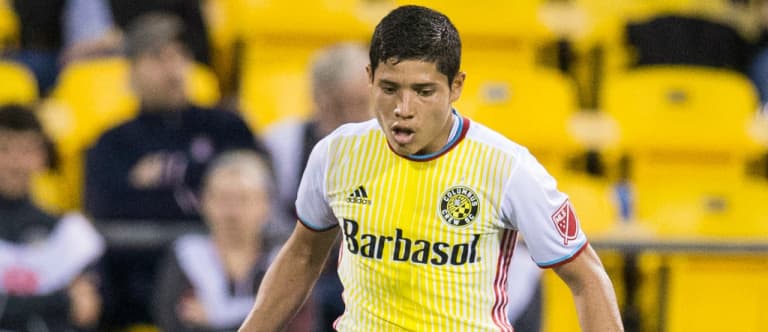
Cristian Martinez, MF, Columbus Crew SC (Panama): Martinez is young, but Crew fans already have something of an attachment. The skilled midfielder scored in his Crew SC debut last year, and at 19 he became the youngest goal-scorer in franchise history. Martinez has already been capped by the full Panamanian national team, and the US will see him in the group stage. As a pinching winger with skill for days, Martinez is a handful in one-on-one situations and should be one of the most exciting players in the tournament.

Erik Palmer-Brown, D, Sporting Kansas City (US): If you had any doubts as to how integral Palmer-Brown is to this team, Ramos silenced them by making him the team captain a week before the tourney. Palmer-Brown is the only player on the US roster to have also played at the 2015 U-20 World Cup, and the center back has a massive job this time around. This could be a big year for Palmer-Brown on the club scene as he looks to crack Peter Vermes’ starting XI on a consistent basis, and a big tourney in Costa Rica (he could even play in the defensive midfield) would be a good start.
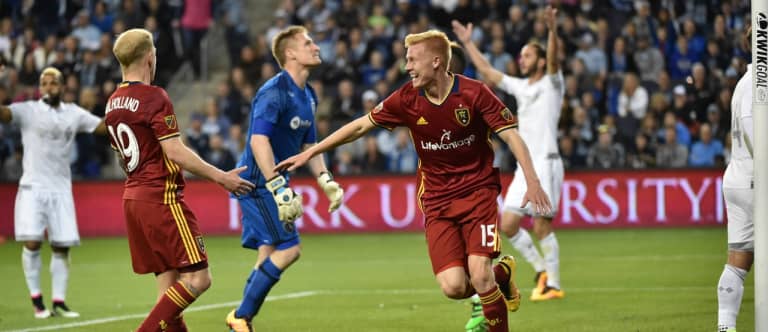
Justen Glad, D, Real Salt Lake (US): If you count former RSL academy phenom Brooks Lennon, who’s back in Sandy on loan from Liverpool, RSL has a whopping four players on the US U-20 roster. Nobody has more. Glad is far and away the most professionally experienced player on the roster, and nobody is even close to his 35 career first-team appearances with RSL. The competition at center back is stiff, with Auston Trusty (Philadelphia Union) and Tommy Redding (Orlando City) competing for time along with the aforementioned Palmer-Brown. But Glad’s unmatched professional experience should be a boon to the locker room, if nothing else.
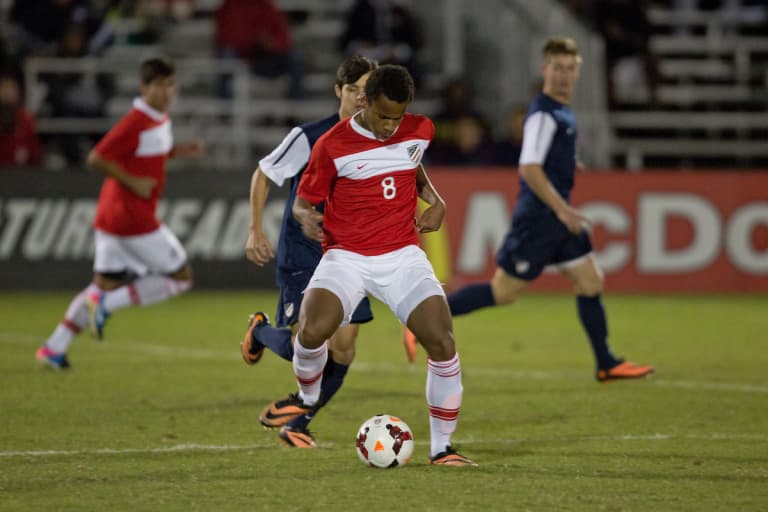
Jeremy Ebobisse, F, Portland Timbers (US): Over the life of the previous cycle, few players broke out with such vehemence as Ebobisse. The Timbers ultimately traded up to No. 4 in the 2017 MLS SuperDraft to nab him, and he’s fighting uphill for time up top with Fanendo Adi. He also has a fight to get into the XI with the U-20s, considering how good this forward class is. That said, Ebobisse is versatile, and you could also see him as a wide attacker crashing in for interchange as a way to get him on the field. Either way, this is a big tournament for Ebobisse, who wants to impress Timbers coach Caleb Porter in a bid for playing time.
How to watch the 2017 CONCACAF U-20 Championship
The entire tournament will be aired on CONCACAF's Facebook page, per Canada Soccer. You can find the full schedule and group standings at this page, to be updated throughout the tournament.
Predictions
The easiest prediction to make at every CONCACAF youth World Cup qualifying tournament, regardless of form and without even needing to look at the rosters, is picking Mexico to win. The Mexicans have a record 13 CONCACAF U-20 tourney titles, including each of the last three. They’re the bullies on the CONCACAF block until further notice.
This Mexico team is typically loaded and should be expected to win every game. As a side note, arguably the hottest individual talent on this team (and maybe in this tournament) is 19-year-old defender Edson Alvarez, who made his senior debut for Mexico on Feb. 8 in a friendly in Las Vegas against Iceland. Mexico should have little trouble with their group, which will undoubtedly pit Honduras and Canada in a race for the other spot. I think Canada, chastened by their humiliation in 2015, will have enough about them to see off Honduras. Either way, that’s the game to watch in this group, at least on paper.
That means whoever finishes No. 2 in the US’ group is of particular importance. If Mexico and the US both win their groups, they wouldn’t face each other until a potential title game. That means the US must beat Panama to assure it has the easiest qualification road possible. Understanding what happened in 2015, I think that happens, the US progresses through its two groups, and ultimately falls to Mexico in a tightly played final.
It won’t feel great in the moment, but the US will ultimately qualify alongside Panama, Mexico and Costa Rica, in my estimation. At the end of the day, that’s the only result that matters.

